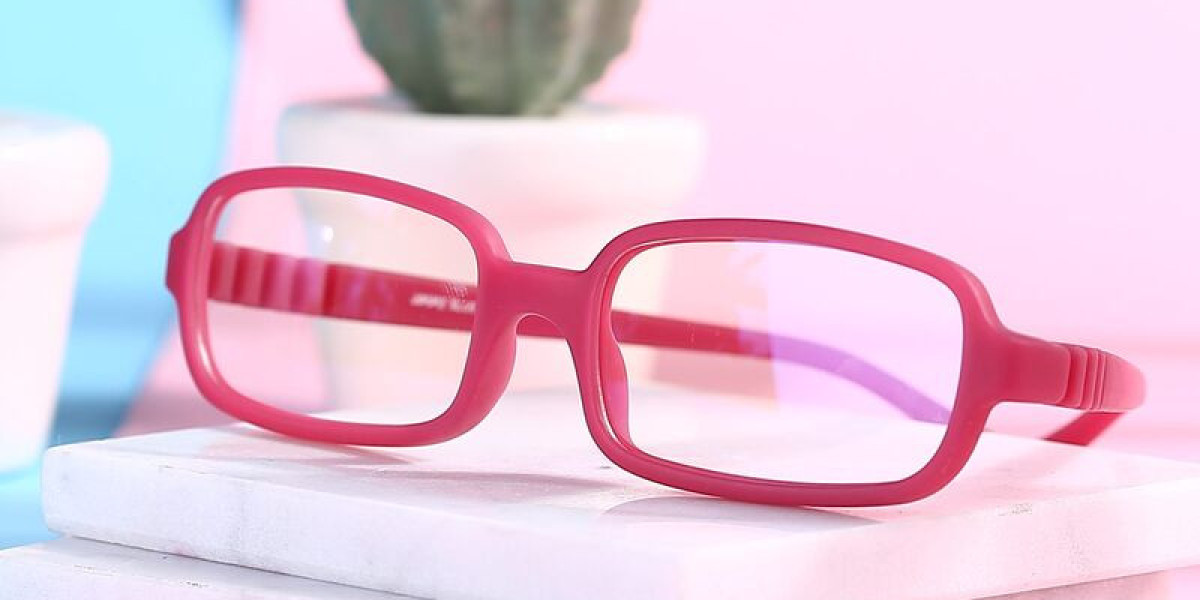When pairing children's eyeglasses with student consumers, pay attention to avoiding misunderstandings and ensuring eye health. Glasses are never the clearer the better, they are sufficient in terms of usage distance.
When arriving at the hospital, it is necessary to inform the optometrist that the child needs to see the blackboard clearly. If the distance is not specified, the children's eyeglasses must be too deep.
Primary and secondary school students, especially those under the age of 12, who use glasses, especially those within -3.0D (300-degree myopia), should develop a habit of using their eyes at close range (reading, homework, or using a computer). Do not wear glasses, otherwise, it will increase the ability to adjust and use, accelerating myopia. For students above -4.0D (400-degree myopia), it is recommended to wear a pair of low-degree glasses for close use to effectively reduce eye intensity.
Pay attention to whether childrens eyeglasses are deformed. Due to the fact that the diopter and astigmatism of the glasses are different from the original state after being deformed under force, if the glasses are deformed under force, be sure to go to the original glasses store for debugging. Although glasses do not require special protection, they should be easily put into the box and wiped with a dedicated lens cloth when not in use.
Optometry is the main basis for eyewear, and the accuracy of optometry is directly related to the success rate of the prepared glasses. If the optometry is not accurate, the prepared glasses may experience blurry imaging, prolonged vision fatigue, dizziness, nausea, and even adverse reactions such as diplopia. Therefore, parents should choose a reputable ophthalmic hospital when choosing glasses for their children.



